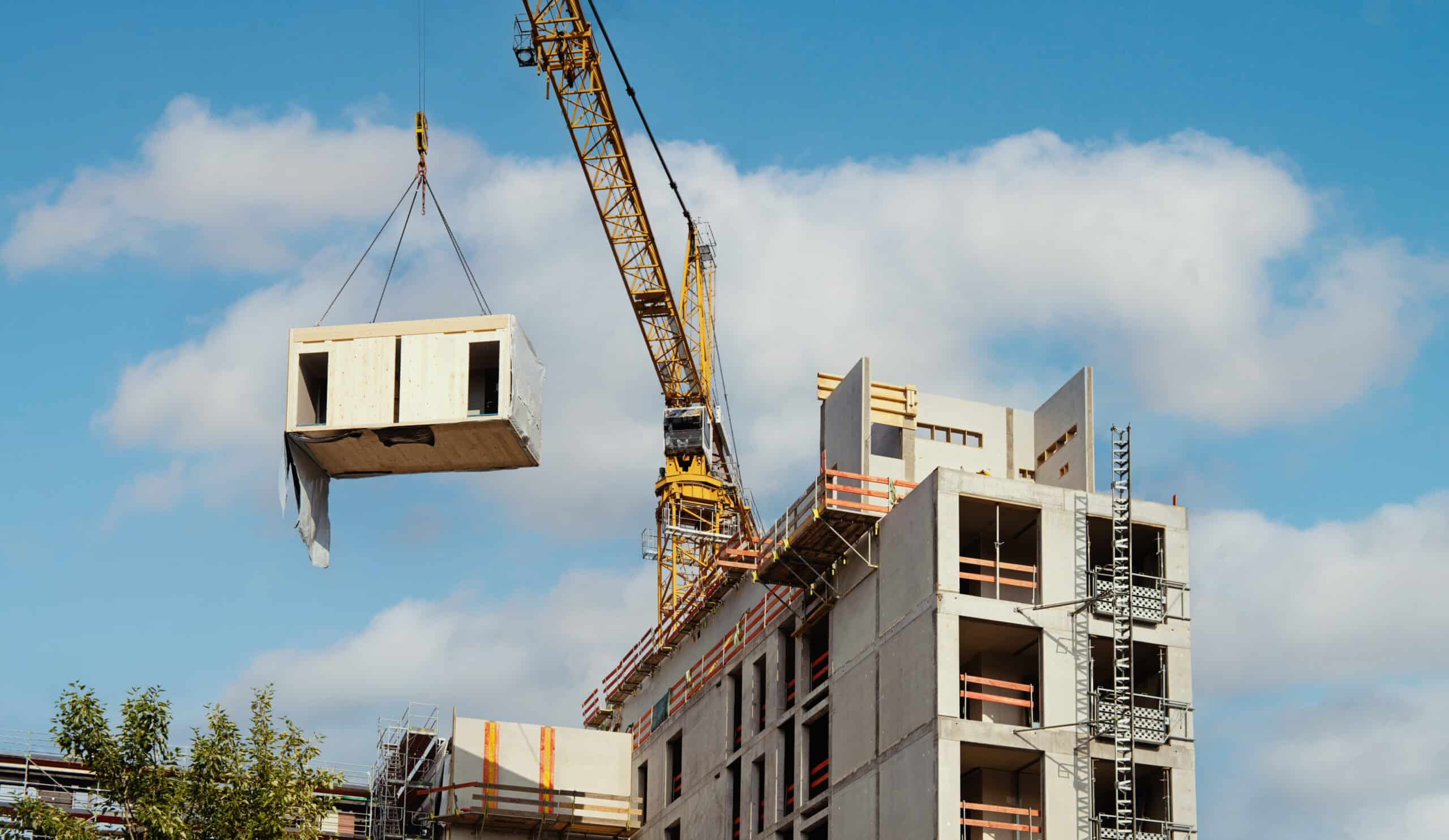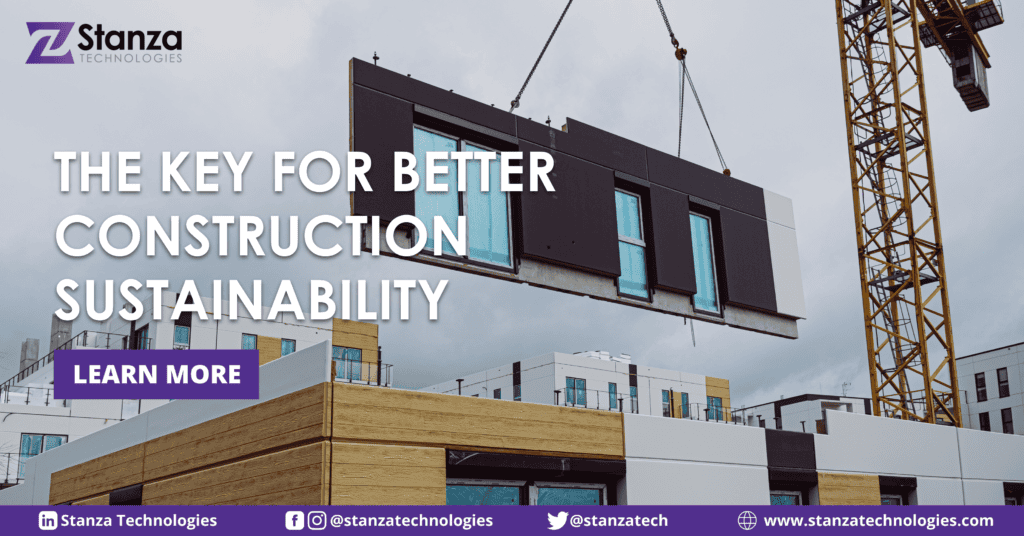With the rise of environmental issues surrounding our planet, global awareness about green construction practices is more critical than ever. Significant portions of landfill waste come from construction, and many organizations are developing methods that reduce and repurpose waste. One of these methods is called “Modular Construction.”
Modular construction is an alternative method that offers a solution to many concerns surrounding traditional construction. Modular construction has taken the lead in waste reduction by implementing off-site construction and sustainable building processes. Manufacturing buildings off-site and assembling them later has distinct environmental advantages. Workers construct modular buildings using an assembly line process in pieces of what they call “Modules.” The modules are created in such a way that they can be easily assembled later, similar to building blocks. As pieces are added to the building, workers “lock” the modules together, while other workers, like plumbing and electricity, are installed simultaneously, resulting in faster completion.

The importance of modular construction not only lies in its affordable and faster process. Its true power comes from its ability to complete some of the most challenging construction tasks more sustainably. One of the most adverse side effects of construction is a large amount of debris and waste it produces throughout its lifecycle, which has detrimental effects on the environment. Since modules are done in a factory, a pile of projects is made concurrently. Therefore, rather than a huge amount of materials being discarded, many can be reused on different projects reducing the necessity of harboring more natural resources. Another advantage of modular construction involves efficient timelines. Since modular building is completed twice as fast on average, it lowers the overall energy expenditures, which leads to reduced dependence on “dirty” energy, helping propel the countries more quickly toward renewables.
Modular construction plays a significant role in making construction more sustainable, delivering an efficient, versatile, and high-performing building while reusing materials multiple times. We are saving energy, reducing emissions, and lowering the need for vast amounts of natural resources to protect the future of the next generations.










